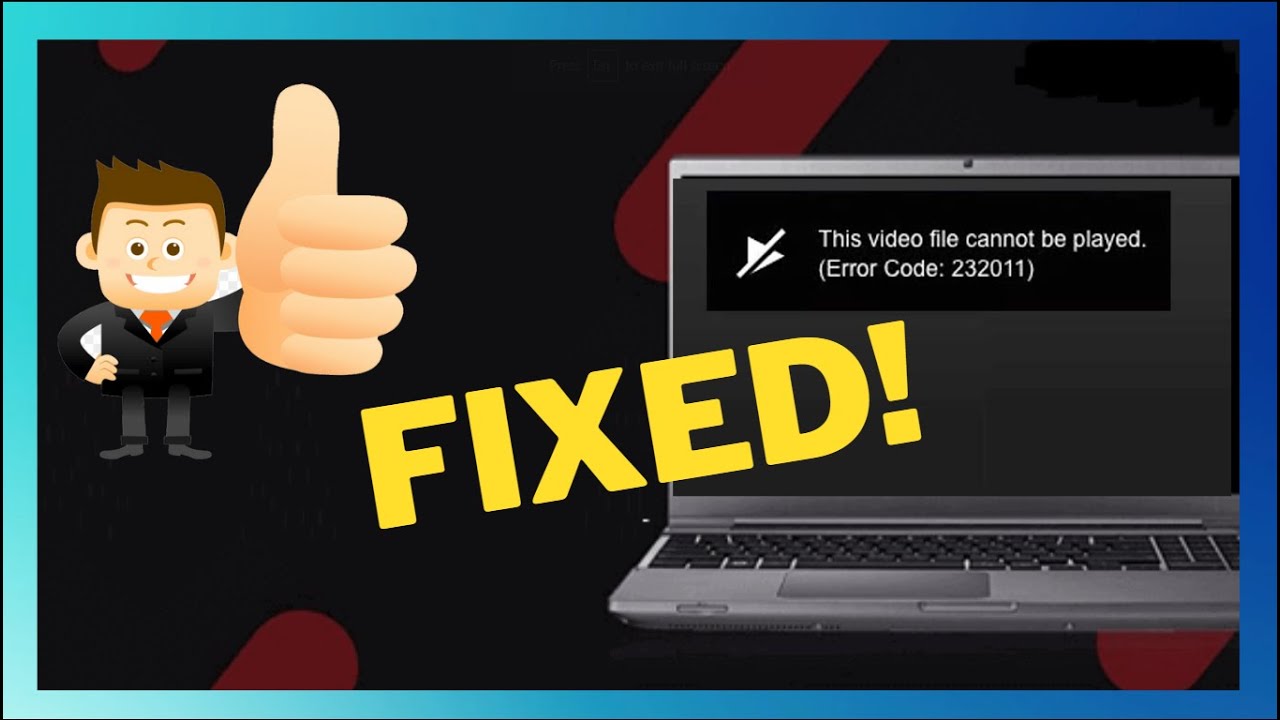There is a lot of talk these days about website accessibility and how to make your website more accessible for everyone. Making your website accessible is not only the right thing to do, but it can also be good for business, especially if you use quality tools like accessiBe WordPress. According to a study by WebAIM, “47 percent of people with disabilities said they would leave a website if it did not meet their accessibility needs, and 20 percent said they would never return.”
That’s a lot of potential customers you could be missing out on if your website is not accessible. Luckily, there are some easy things you can do to make your WordPress site more accessible. Here are 12 Do’s and Don’ts of WordPress Accessibility:
DO: Use Alternative Text for Images
Alternative text (alt-text) describes an image that is displayed if the image cannot be shown for some reason. It is important to use alt text for images on your website so that everyone, including those with visual impairments, can understand what the image is.
DON’T: Use CAPTCHA
CAPTCHA is a security measure that requires users to enter a code before submitting a form. However, CAPTCHA can be very difficult for people with certain disabilities. If you must use CAPTCHA on your website, make sure you also provide an alternative way for users to submit the form.
DO: Use Headings and Subheadings
Headings and subheadings help break up your content and make it easier to read. They also help people using screen readers navigate your website. When adding headings and subheadings to your content, use the correct HTML tags.
DON’T: Use Flash
Flash is a technology that is not accessible to people using screen readers. If you must use Flash, be sure to provide an alternative way for users to access your content.
DO: Use Descriptive Link Text
The text you use for your links should be descriptive so that people using screen readers will know where the link will take them. For example, instead of using the word “click here,” use “read more about accessibility.”
DON’T: Use Automatic Sliders and Carousels
Automatic sliders and carousels can be very difficult for people with disabilities. If you must use them, provide an alternative way for users to access your content.
DO: Use Simple Language
Make sure your language is simple and easy to understand. Avoid jargon and acronyms as much as possible.
DON’T: Use Color to Convey Meaning
Color can be a great way to add visual interest to your website. However, don’t use color alone to convey meaning. For example, don’t use red text to indicate something is important. Instead, use color and other visual cues, such as bold or italics, to emphasize.
DO: Use Large Fonts
Make sure your font size is large enough to be easy to read. You can also allow users to change the font size if they want.
DON’T: Use Images of Text
Images of text can be very difficult for people with visual impairments to read. If you must use text images, be sure to provide an alternative way for users to access your content.
DO: Use Accessible Forms
Forms on your website should be accessible to everyone. This means they should be easy to use and navigate.
DON’T: Use Pop-ups
Pop-ups can be very annoying and disruptive. They can also be difficult for people with certain disabilities to close. If you must use pop-ups, provide an alternative way for users to access your content.









Leave a Reply